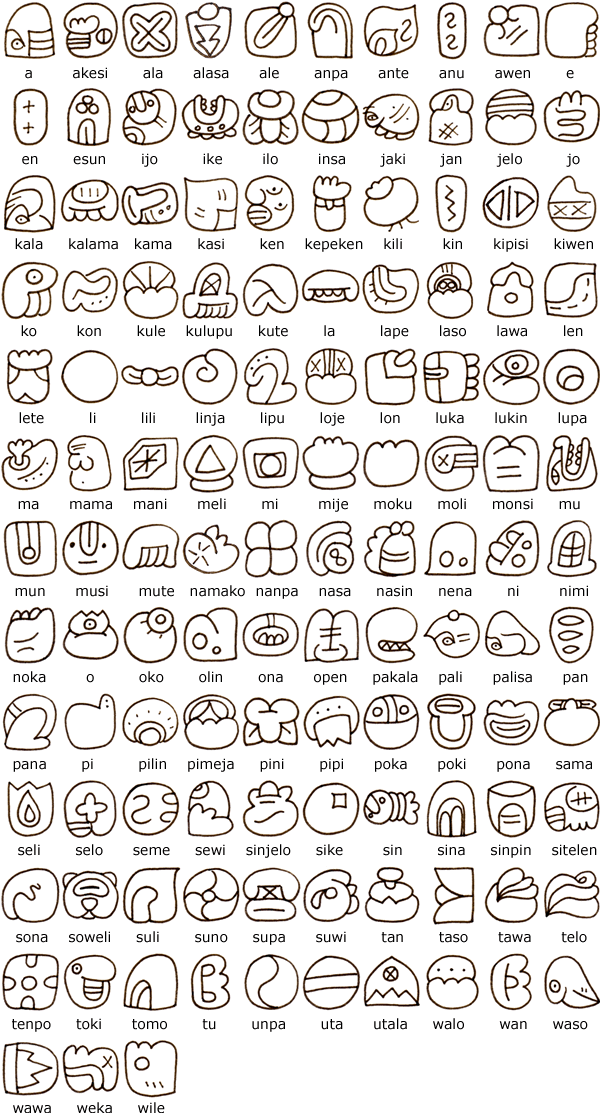

Занятие 5. Ithkuil - самый сложный на свете искусственный язык. Часть 3.
Сегодняшнее занятие для тех, кто хорошо знает английский. Дело в том, что я приведу вам в оригинале документ, составленный Джоном Кихадой...


Занятие 5. Ithkuil - самый сложный на свете искусственный язык. Часть 2.
Продолжение интервью с создателем языка Джоном Кихадой. Начало читайте здесь. Каковы ваши критерии отбора корневых слов ? Каким образом...


Занятие 5. Ithkuil - самый сложный на свете искусственный язык. Часть 1.
Язык Ithkuil - это самый сложный (практически - невероятно сложный) из когда-либо созданных искусственных языков, и, по всей видимости,...


Занятие 4. Idrani - искусственный язык с сорока семью способами записи
Idrani - искусственный язык, который создавался (и продолжает развиваться) человеком по имени Трент Персон (Trent Pehrson, начиная с 1981...


Занятие 3. Нефертари играет в сенет. Читаем древнеегипетские иероглифы
К главной странице курса. Для борцов за чистоту фразеологии сразу оговоримся, что говорить "древнеегипетский язык" и "древнеегипетские...


Занятие 2. Toki Pona - шедевр минимализма (искусственный язык)
Язык Токи Пона ("хороший язык" или "язык добра") был создан канадским лингвистом Соней Лэнг в 2001 году. Вы можете познакомиться с этим...


Занятие 1. Читаем Руны Викингов
На этом занятии мы прочитаем надпись на большом руническом камне в датском городе Еллинге, установленном королём Харальдом I Синезубым...
















